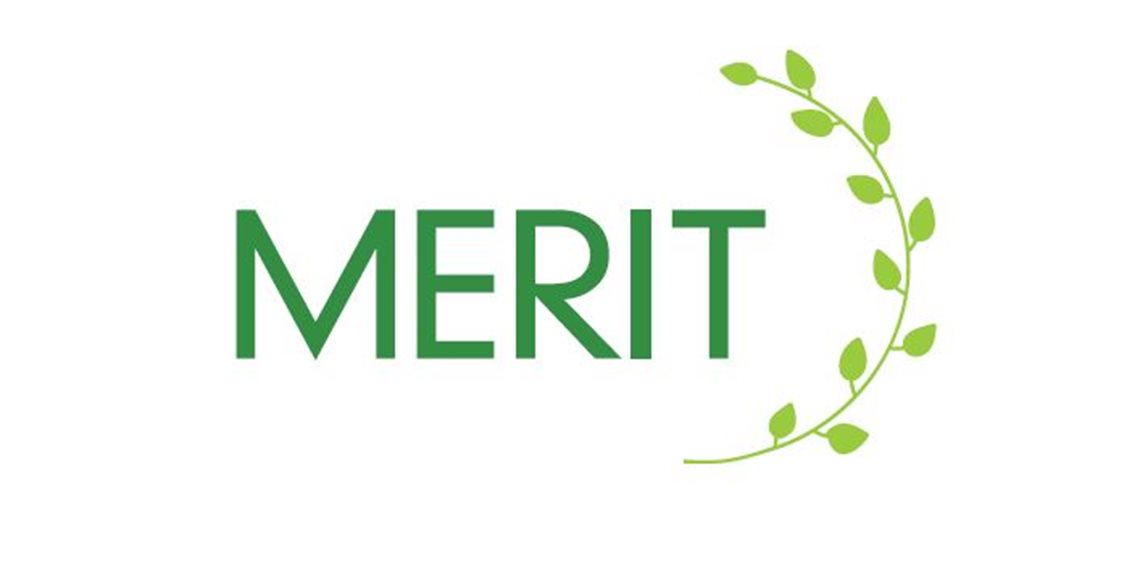Merit is available through the EPCC concept, which allows concrete producers to combine Merit with the cement type Velox Slite to create a custom binder mix. This combination is treated as equivalent to a traditional cement directly from the manufacturer. The EPCC concept gives concrete producers the flexibility to tailor their concrete to customer needs without being tied to a specific cement type.
Swecem manufactures binders for concrete production using raw materials that are by-products of iron production, providing a sustainable alternative to traditional cement. The binder is marketed under the brand name "Merit," previously used by SSAB for a similar product. Production takes place at Swecem's facility in Oxelösund.
Using Merit results in significantly lower climate impact while producing concrete that is easier to work with, has a longer lifespan, and is more resistant to harmful substances.
For every ton of cement produced, 700–900 kilos of carbon dioxide are emitted. By comparison, producing one ton of Merit emits only 20–40 kilos of carbon dioxide.
Merit also offers notable technical advantages, especially in challenging environments. These include improved acid resistance, reduced heat generation, and decreased chloride penetration, which results in denser and more durable concrete.
Internationally, the material in Merit is referred to as GGBS (Ground Granulated Blast Furnace Slag).
How Merit is Made
Merit is produced through wet granulation and grinding of blast furnace slag, a by-product of iron production. This material has high chemical potential, making it an excellent binder for applications such as concrete production. In these contexts, Merit can partially replace cement, reducing its environmental footprint. The product is CE-marked in accordance with SS EN 15167-1.
When used as a binder, Merit enhances concrete properties, including improved rheology, slightly lower water demand, reduced heat generation, and greater resistance to chemical exposure.
Concrete
Concrete is a sustainable material with a long lifespan. Like forests, concrete absorbs carbon dioxide throughout its life cycle—up to half of the CO₂ emitted during cement production.
After oil, concrete is the most widely used material in the world by volume. By incorporating alternative binders such as Merit, concrete becomes more environmentally friendly and cost-effective.
A general comparison between concrete made with Merit and concrete made solely with Portland cement highlights the following differences:
- Using Merit, a hydraulic binder, reduces the need for Portland cement in concrete, which significantly lowers CO₂ emissions. This is because producing Merit requires far less energy than producing Portland cement.
- Concrete with Merit also exhibits reduced heat generation and improved pumpability.
- Concrete containing Merit has proven to be more durable, with greater resistance to various chemical reactions. Additionally, it has a lighter surface and fewer lime deposits.

